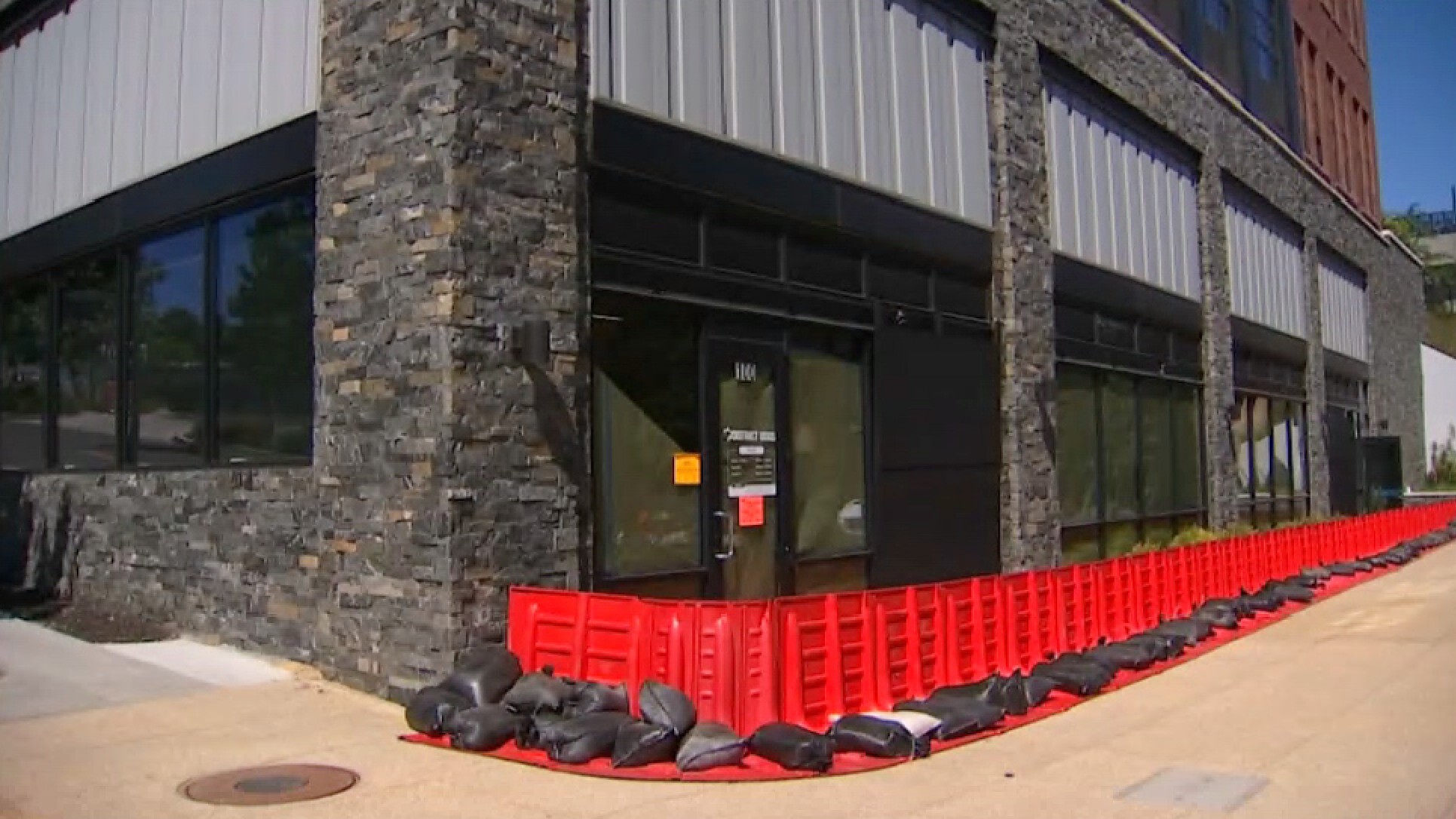Construction is complete on the Northeast Boundary Tunnel, a project that aims to address flooding in the District, DC Water announced Friday.
The agency shared pictures of the completed tunnel on social media. It was designed to reduce recurring flooding on Mt. Olivet Road NE and Rhode Island Avenue and improve water quality in the Anacostia River, DC Water said.
The announcement comes a month after 10 dogs died when floodwaters rose and burst into a nearby doggy daycare facility.
DC Water also constructed new inlets on Rhode Island Avenue under the overpass that will allow a large amount of stormwater to flow directly into the tunnel.
We're making it easier for you to find stories that matter with our new newsletter — The 4Front. Sign up here and get news that is important for you to your inbox.
The tunnel is five miles long with a diameter of 23 feet and a depth of 100 feet. It will provide 90 million gallons of storage for floodwater and sewage overflows to the Anacostia River, according to DC Water.
The agency added that said the tunnel is designed for a 15-year storm. It will not prevent all flooding from intense storms, but will lessen their impact.
The project has been in the works since 2017, and once construction began, the earliest DC Water had hoped to put the tunnel in service was by March of this year. But several factors, including the pandemic and supply chain issues, slowed things down.
Gordon Chaffin, who recorded video of the area flooding in 2020 and has lived in the neighborhood for 10 years, said the tunnel has been a long-time coming.
“I’m thankful. The investments that the boundary tunnel represents are extremely important. The thing that I want to change is that we need to make these investments quicker and more proactively,” Chaffin said.
Now he's hopeful the neighborhood will get a much needed break.
“It’s scary when you feel like going out in the rain, as you sometimes have to do, can be a dangerous thing, whether you’re on a bike, walking or driving. It’s not fun,” he said.
After the tunnel, the water will flow to a new wet weather treatment facility called Blue Plains, DC Water said.
The agency previously said the area's recurring flood problem is caused in part by the District’s aging infrastructure, and that the project may help fix it.




